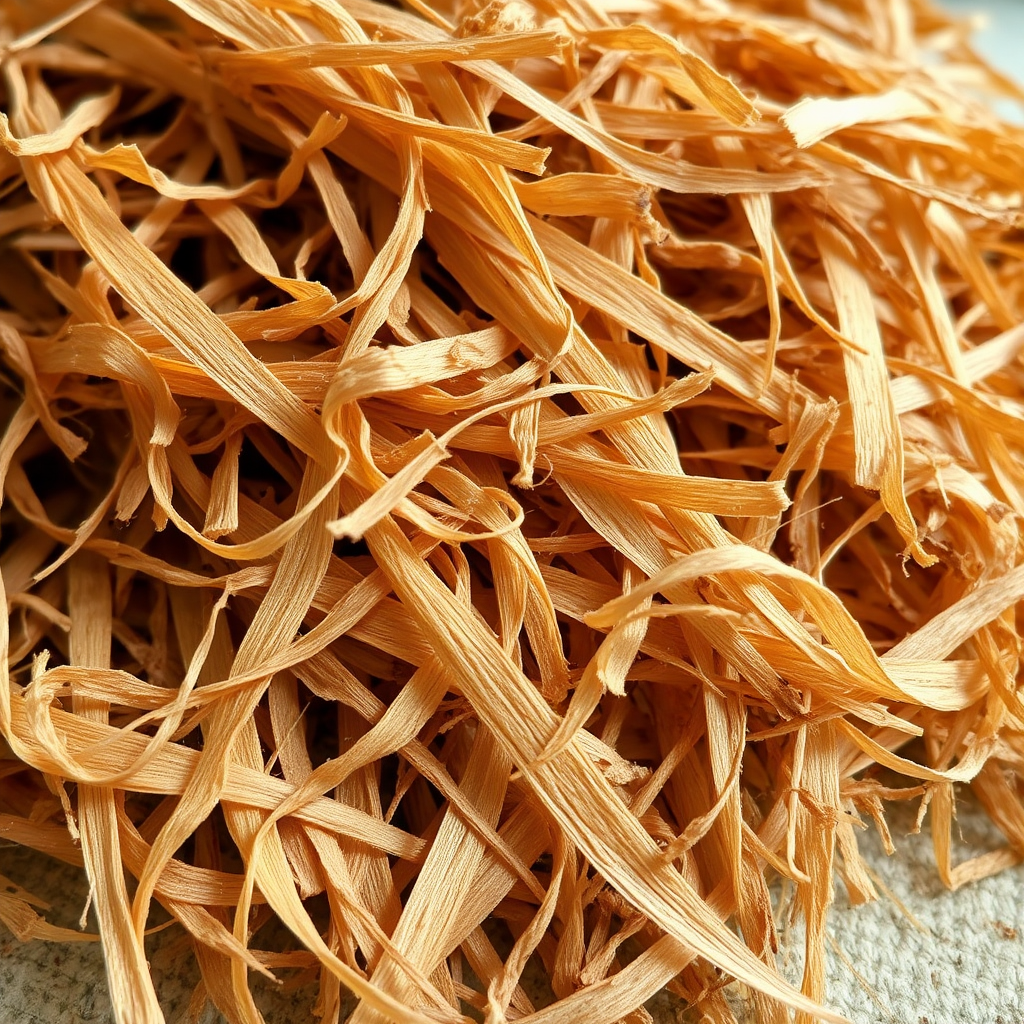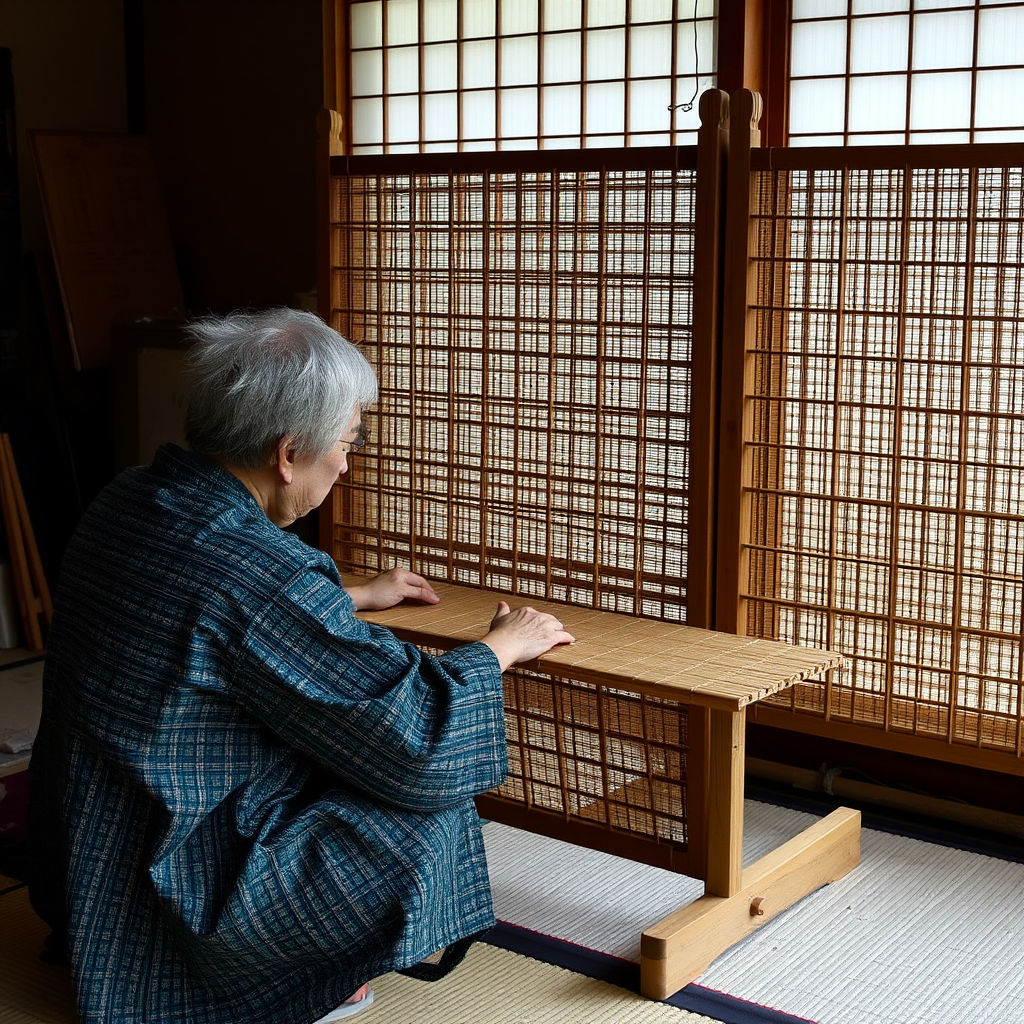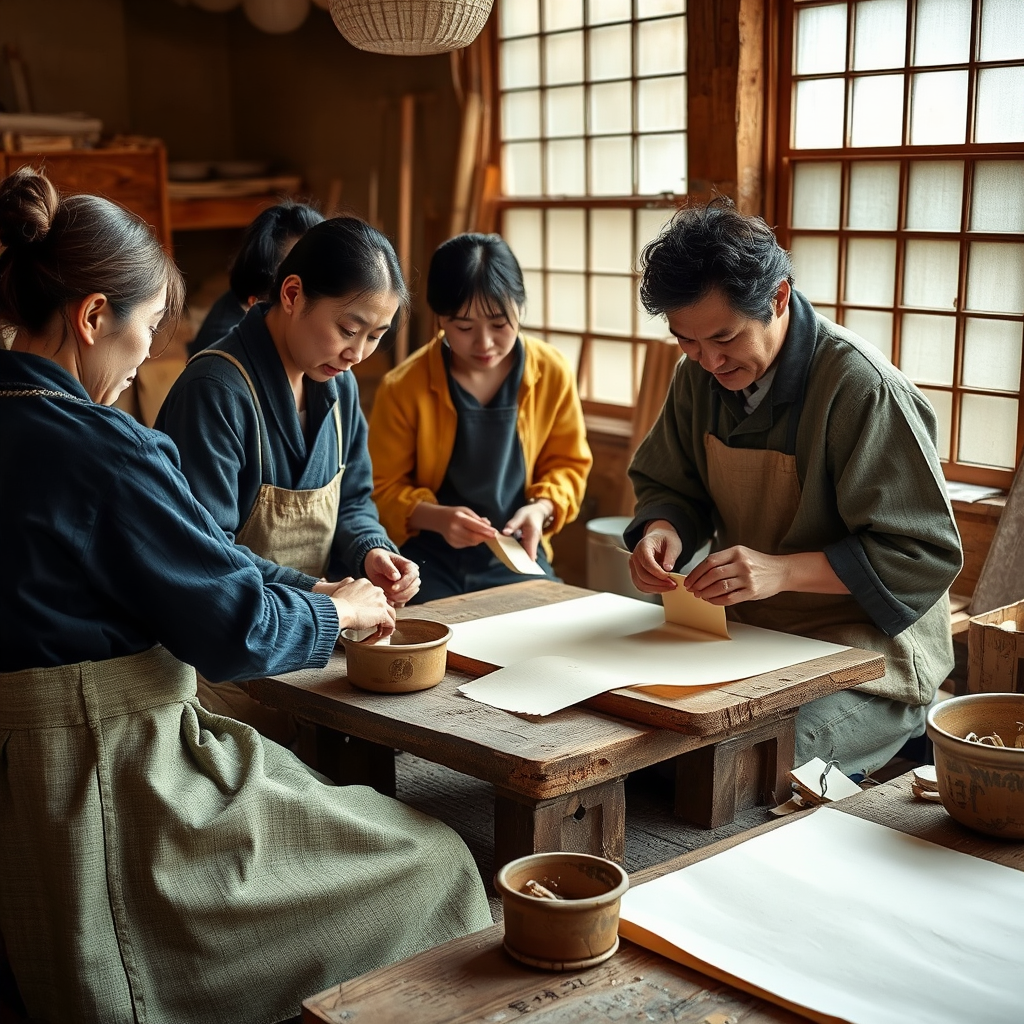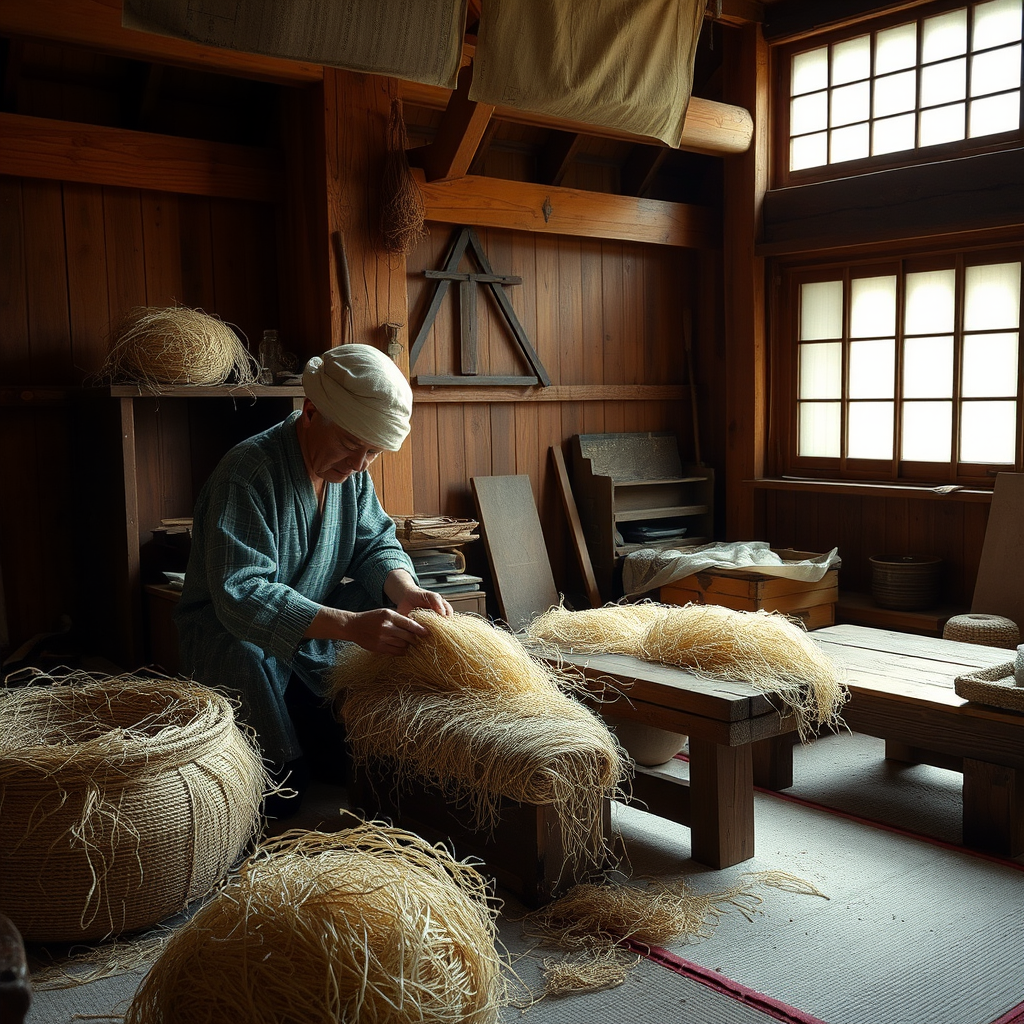In the heart of Japan's creative hobbies tradition lies washi, a UNESCO-recognized craft that transforms humble mulberry fibers into exquisite handmade paper. This ancient art form represents more than just papermaking—it embodies centuries of Japanese craftsmanship and cultural heritage.
The Sacred Origins of Washi
Washi papermaking arrived in Japan from China over 1,400 years ago, but Japanese artisans quickly developed their own distinctive techniques. The word "washi" literally means "Japanese paper," distinguishing it from Western paper through its unique fiber composition and traditional production methods. Unlike machine-made paper, washi is created entirely by hand using natural materials, primarily the inner bark of the kozo (mulberry) tree.

Traditional Techniques Passed Through Generations
The washi-making process begins with harvesting kozo branches during winter months when the sap is dormant. Master craftsmen steam the branches to soften the bark, then carefully peel away the outer layer to reveal the precious inner fibers. These fibers undergo a meticulous cleaning process, removing impurities while preserving their natural strength and flexibility.
The cleaned fibers are then beaten with wooden mallets on stone surfaces, a rhythmic process that can take hours. This beating doesn't break the fibers but rather brushes them out, creating the long, interwoven strands that give washi its remarkable durability. The prepared pulp is mixed with water and neri, a natural mucilage extracted from the tororo-aoi plant, which acts as a formation aid.
The Art of Sheet Formation
Creating individual sheets requires extraordinary skill and years of practice. Artisans use a bamboo screen called a "su" mounted in a wooden frame called a "keta." The papermaker dips this tool into the pulp mixture, performing a series of precise movements that distribute the fibers evenly across the screen. This dance-like motion, perfected over generations, determines the paper's thickness, texture, and strength.

Modern Artisans Preserving Ancient Wisdom
Today's washi masters face the challenge of maintaining traditional methods while adapting to contemporary needs. Many artisans have found innovative ways to incorporate washi into modern home handmade decor art, creating lampshades, wall panels, and artistic installations that bring traditional Japanese aesthetics into contemporary spaces.
These modern practitioners often combine traditional techniques with new applications, producing washi for bookbinding, printmaking, and conservation work. Museums worldwide rely on Japanese washi for restoring precious documents and artworks, testament to its exceptional durability and archival qualities.
Creative Hobbies and Contemporary Applications
The revival of interest in traditional crafts has brought washi into the realm of creative hobbies for enthusiasts worldwide. Workshops teaching basic washi techniques have become popular, allowing participants to experience the meditative process of creating paper by hand. These sessions often focus on making decorative papers for origami, calligraphy, or home decoration projects.

The UNESCO Recognition and Cultural Significance
In 2014, UNESCO recognized washi craftsmanship as an Intangible Cultural Heritage of Humanity, acknowledging its cultural importance and the need for preservation. This recognition highlighted three specific regions: Sekishu-banshi from Shimane Prefecture, Honminoshi from Gifu Prefecture, and Hosokawa-shi from Saitama Prefecture.
Each region maintains distinct characteristics in their washi production, reflecting local materials, climate conditions, and cultural preferences. These variations demonstrate how traditional techniques adapt to local environments while maintaining core principles passed down through generations.
Learning the Craft Today
For those interested in exploring washi papermaking, several traditional workshops across Japan welcome visitors and students. These experiences offer hands-on learning opportunities where participants can create their own sheets of washi under expert guidance. Many artisans emphasize that washi-making is not just about technique—it's about developing patience, respect for materials, and connection to Japanese cultural heritage.
The process teaches valuable lessons about sustainability and craftsmanship that resonate with modern makers seeking authentic, environmentally conscious creative practices. As interest in traditional crafts continues to grow, washi papermaking stands as a perfect example of how ancient wisdom can enrich contemporary creative hobbies.

The art of washi papermaking continues to evolve while honoring its traditional roots. As modern artisans find new applications for this ancient craft, they ensure that the knowledge and techniques developed over centuries remain alive and relevant. Whether used for traditional purposes or incorporated into contemporary home handmade decor art, washi represents the enduring beauty of Japanese craftsmanship and the timeless appeal of creating something beautiful by hand.
Through dedicated preservation efforts and growing international interest, the future of washi looks bright, promising that this remarkable craft will continue to inspire and delight makers for generations to come.
